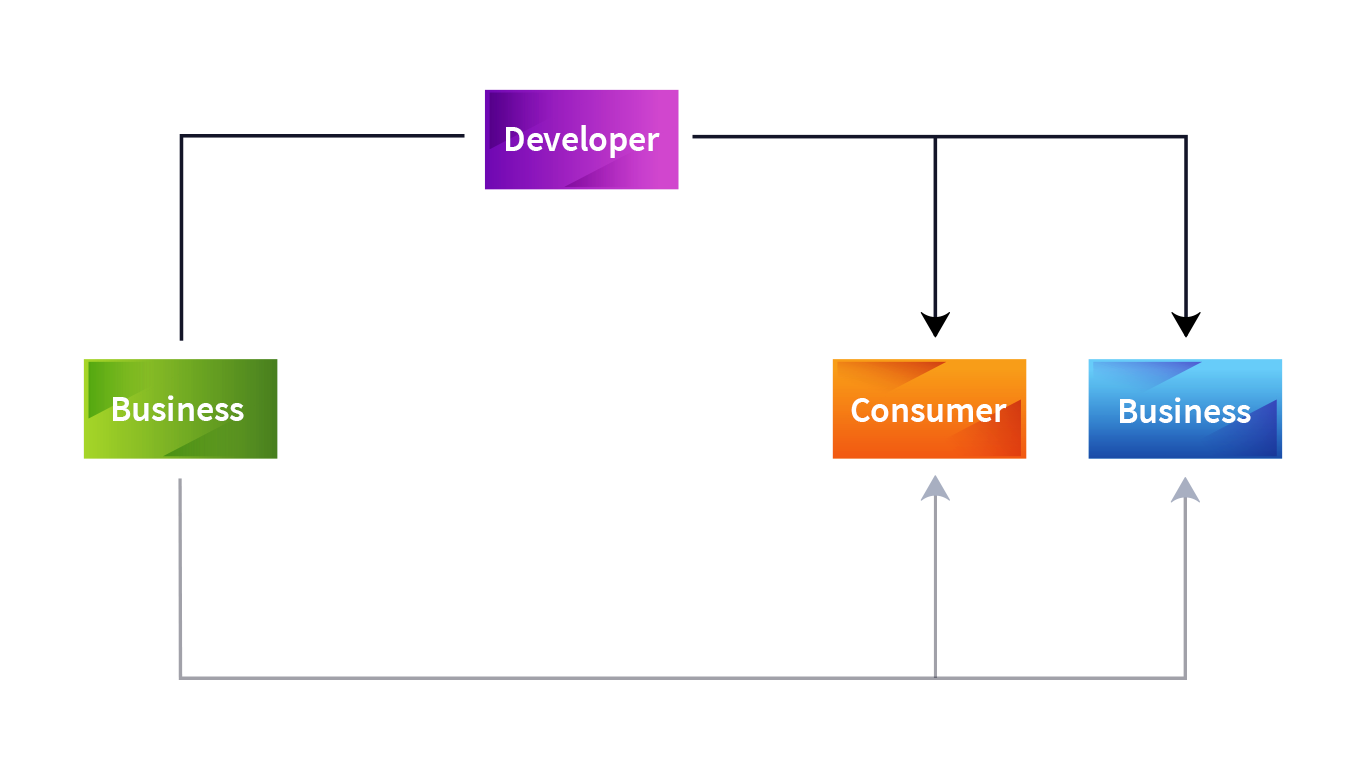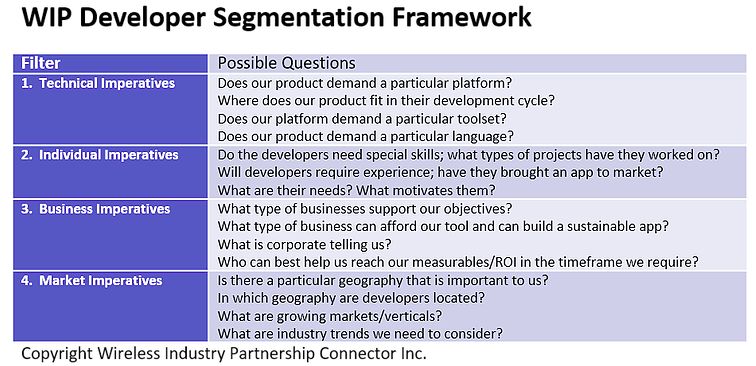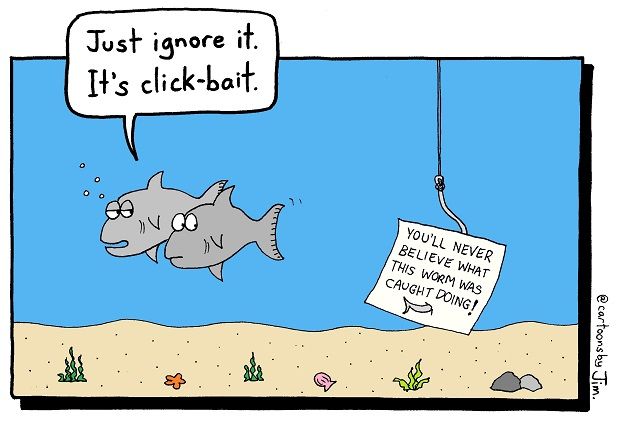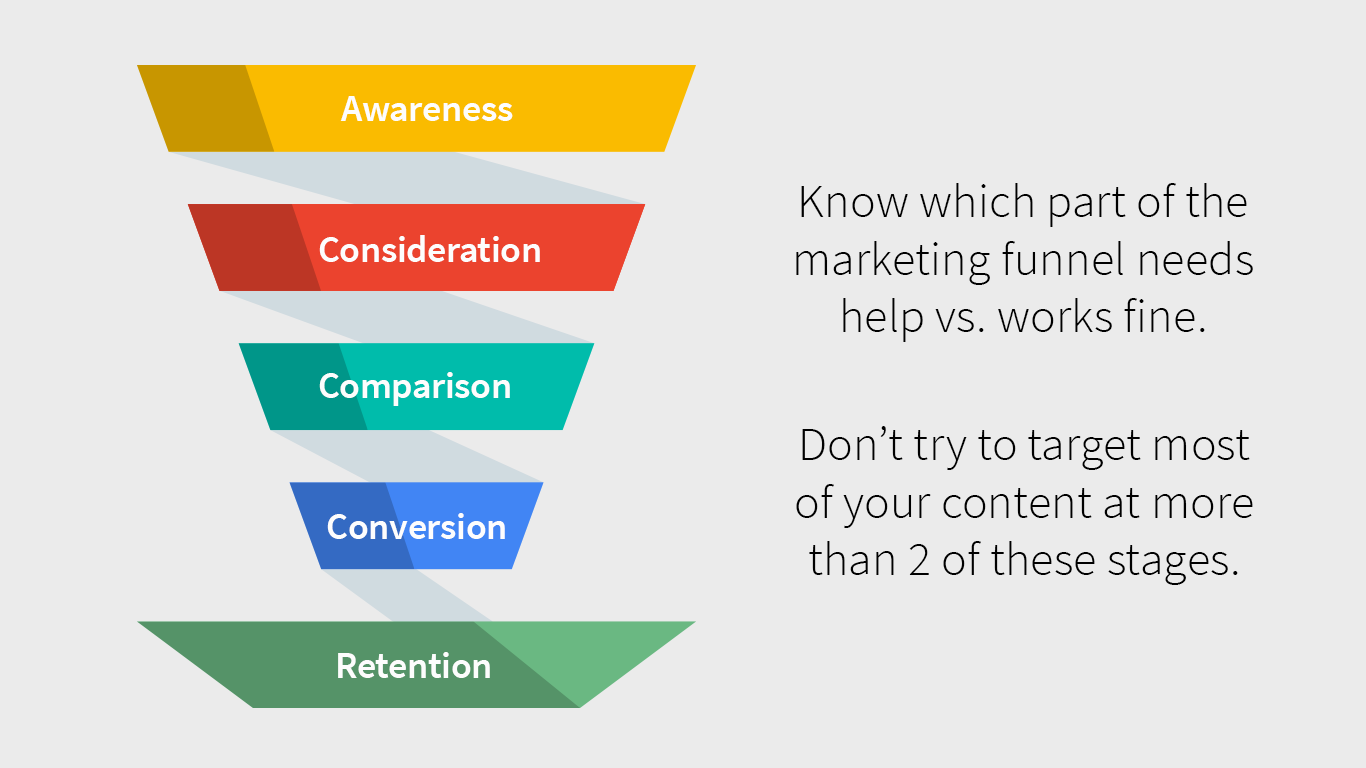B2D (Business-to-Developer) model is a special and rare breed. Hardly people get into it with business intentions, they happen to run into it. They often begin as very small development projects, sometimes open-source, with a kernel of developers building a product to service their own needs, which gains some momentum and begins to grow.
In this sense, B2D companies are similar to pure consumer companies. The product’s initial traction derives from word-of-mouth marketing, whether through forums, news sites, conferences, GitHub or Apache project pages.
We are talking sheer value. This model has been the most challenging territory for some businesses. Take GitHub, Gitlab, Visual Studio Code, Twilio, or Stripe for example. Whatever has to appeal to developers, has to be super-substantial, no pushy sales drive them towards you, nor do fancy banners on social media.
What is the B2D Model?

The increasing influence and responsibility of B2D have made it more feasible which developers employ inside the small, medium and large organizations.
The B2D model focuses on the building and marketing of digital products that are particularly designed for software developers. In exchange for the developer’s monetary assets, a secure, faster and simplified development workflow has been proposed.
Data and analytics tools, testing suites, code editors, dedicated APIs, e-commerce solutions, deployment and hosting infrastructure, training resources, etc. are the many different B2D products.
Don’t you think it's quite counterintuitive to sell to the developers when the technology is becoming more and more accessible to the masses? The following section will describe why B2D should be taken into consideration in development.
Why Take Developers Under the Umbrella?
Here are four reasons why you should go developer-centric.
Innumerable issues to resolve
For the purpose of marking their presence in the highly competitive industry, it is imperative for the old and the new tech teams to get aligned for achieving a similar goal. Old issues should get resolved and proper measures should be taken for the upcoming challenges. This will lead to a high productivity rate. Along with this, having developers at the focal point will help in branching enterprises into many different consumer pockets.
Trust is at the core
The increasing technology base across the world has placed developers into a powerful position. Developers are the most trusted professionals by businesses & decision-makers. The reason being, if you get success in generating your product’s empathy among developers. There is the maximum number of chances that they will forward the product to their client companies. Thus, a hidden advantage comes along with.

Developers are ‘infamous’ for being sensitive
Want a product to be in first place in the market, building a stable developer-to-developer relationship will generate the leads better than ever. Developers are known as the empathetic people who will do a range of tasks for your product's upliftment.
From fixing bugs to the development of useful extensions to offering valuable feedback about the product and many more.
Love for the community is well known
Developers are known as community lovers and active information sharers. Anyone who finds something interesting shares it among the other fellow developers. Whether it is through word-of-mouth or becoming an ambassador or just for a social cause if the product is qualitative, they will leave no stone unturned for promoting it.
How actually the B2D Buying Cycle Looks Like?
It is very much imperative to understand the How’s and What’s before engaging developers into the buy-sell game. The following sections will describe stages enclosed in a buying cycle.
Discovery is the initiation
Marketing amazes developers, they are both curious and uncertain about it. They are not very much interested in responding to the sales pitches. Most of them are interested in searching for tools that will make their code cleaner and will enhance efficiency.
The best way to make them engaged in the marketing scenario is to have them find YOU. Whether the developers have access to blogs, vlogs, events, conferences, etc. if they get a hold on to ‘you’, everything is sorted after that.
The research will set the base
The most crucial stage of the buying process, research is based on trust that the product behaves exactly how it is intended to. Trust will increase the product recommendation statistics among customers. Thus, when done properly effective marketing makes a huge difference.
Vendors, analysts and conferences are considered to be the most trustable source of information. The promotion program on product value, user reviews, and case studies comes to fore if the information regarding the candidate is available which accelerates the smooth transition for the next stage.
Extension of research is testing
Testing is the favorable stage for business owners who introduce the trial version of their product. Marketers love free-trials and are considered as the top-of-funnel marketing activity.
Do not have a trial version?
No worries.
Focus on the technical details and use cases. Spread the words regarding the out-of-the-box product integrations and APIs success rates. This way customers' confidence for the product’s alignment with their business workflows will get enhanced.
Evaluation
Now, at this stage, the marketing team takes rest and the sales team takes the lead. But the marketing team keeps its continuous support intact for the sales team. The sales and marketing teams should align with the developer's approach to streamline a seamless sales cycle. Along with this, it should build product confidence among developers that the product will not hamper the current development workflow of the customer.
Along with the aforementioned buying cycle, a good segmentation model will help in extracting more from the developers. Also, it will help in targeting the characteristics which are most important to your business:

Common Pitfalls of Marketing to Developers
People often market a product and not a solution
This ideology has to be removed across everything. Since your product solves a problem, why shouldn’t you feel more pompous about solving a problem than developing a product? Often B2D business models hire marketing teams who fail to communicate the degree of problems it will solve in the future, the amount of time it is saving the development guys or the amount of pressure it is taking off their shoulders.
Leaving technical stuff and implementing small talk marketing materials
The developer community doesn’t have time for your one-minute marketing slogans. To them, it just doesn’t chime, and they won’t give a dime. You need to bring up representable data, something which provides proof or just more substance for that matter, boil it down to a one-pager and throw at them. See if it gains traction, channels your other marketing campaigns accordingly.
The next most important thing you can do is communicate to them in a language they are familiar with. Engage more with your in-house developers, get to understand what’s humor in technical scenarios, gel up some sensitive topics in your marketing materials. It will just get you one step closer to bringing them in your hemisphere, way better than no acknowledgment right?
Your language must be Ironclad!
Don’t fool developers with Jargon/ ClickBait or any messy content.
Jargon is necessary but shouldn’t be your first choice when it comes to using words in marketing material. Rather than just using words, prove how your product helps with substantial information, not just jargon.

Instead of using common marketing language around your CTAs (Call-to-action), make things more substantial and offbeat. This will not only communicate with them in a much more effective way but also appeal to them in terms of language. This is a hard tried practice as general marketing language pisses people off a lot of times and you don’t stand a chance at all.
Provide some information on how your product is helping out other peer developers or some other group or organization.
Do give a downloadable reading material that adds to their knowledge or atleast touts about your product with substantial reviews or statistics.
Leading the game with traditional sales tactics
‘Dust aside’ is a major when you are selling your product to a developer. If a developer finds something irrelevant, he will remove it instantly. A very much common collective information, data that is uninformative, the overly promotional sales messages will get your business phase out from the marketing game. Traditional advertising will do no favor for the business by bringing numerous negative effects for the business.
Marketing to Developers: How to Achieve More?
Keep the business-to-developer channel clear
Two types of user experiences are being addressed by B2D products. First for the developers and second for the clients/customers/managers. Having such specifics clear will affect how the journey of the customer will take forward.
Below is the classic marketing conversion funnel which will lead your product's path to the market. The conversion funnel doesn't inculcate to convincing the end-user, but it basically works like a messenger or an influencer.

Before diving into the details of the above marketing conversion funnel, let us name the two output product entities as C1 (developers) and C2 (clients/customers/managers). Both C1 and C2 are involved in different stages with a set of ‘numerous’ different questions.
For instance, at the comparison stage, C2 does the comparison of prices, ROIs, time-to-market, or even consumer-facing solutions. On the other hand, at the same time, C2 will be involved in the technical, nerdy queries.
You ‘do not’ have to fake it to make it
Seeing developers as fools is a fool’s errand. It's not that easy to befool these intelligent, professional and nerdy users. They love to keep a check of every minute details of every other thing in the world.
Therefore, it is suggested to do intelligent marketing and brand building of the products among developers. The best way to do the same is by delivering quality and thought-provoking content. Thus, building proximity and transparency among developers will help enterprises to scale ahead among their competitors.
Content will make you sail smooth
So, what forms of content should you throw out:
Developmental guides
Try providing them with information on how to move or integrate things between their existing stack and your new proposed stack. Provide them with material which helps them integrate the product into their favorite platforms or make some twerks for personalization purposes.
Some best practice tips
Developers when starting out, just want to be the best at what they do and forget to brush up on things that matter in the background. For example, they might not be so aware of best practices when coding in React or best practices when pushing the code on GitHub. Such helpful materials are supposed to make them better in some or the other way and they will be much appreciated or forwarded.
Don’t try to go too offbeat from what your product does, just make the best practices at least related to what your product does.
Sample or snippets of code
You should be able to demonstrate the product or at least give them a glimpse into its use case or how useful it can be for them. In-depth walkthroughs, projects and any hands-on examples that give them a demonstrable idea of what you’ve got to offer — and how your platform or service actually works.
A good word from other developers
Work towards arranging testimonials comprising a good word from other developers who got a chance to try the product out. This is sort of an indirect word of mouth which is necessary in many cases. Since no one has time to experiment these days, until and unless they get a return out of it.
Third-party examples and community contributions that drill down into real detail on how other developers have benefited from your product.
Tools and scripts that help them be more efficient, or simplify time-consuming and repetitive tasks.
Sell-in support material
In case it’s a product that is supposed to be billed by the developer’s employing organization for work purposes, they should be able to sell the product to their decision-makers. It is sort of a trigger, one adopts, everyone adopts. You just need to make it worth the invoices they receive and the work they do on it.
The art of building a community
If you have interacted with developers, you must have realized that they are more community-driven, they like engaging with people in some field. They also believe in sharing helpful content and appreciate being shared material which helps them better at what they do.
In order to drive your product to market, you need to build a community. Since you are B2D, it is extremely necessary to have a developer community and let word of mouth flow from one corner to another.
Start activity on all social mediums, there is no point in not getting started. Followership takes time, having your buyer personas following your activities on social handles takes a lot of engagement effort and time.
Start addressing the concerns of the gradually growing following. Get active over your social mediums and engage with people. Engagement is a proven key. It pays off in building a group of scattered people who consider your brand to be good and responsive to requests or at least they feel being heard out by you and that is such an important thing to have.
Expect no sudden bump, patience is key in any social following. Nothing will happen overnight, you will have to be more organized about growing your user base and also making it more loyal.
Continue putting forward your value proposition. Post promotional material but something which does not feel like just promotional material.
Reward any form of participation in the earlier stages
For all your participants in the campaigns or people showing any sort of involvement towards developing or promoting the product, you should be throwing rewards out. Award them for putting in the time or any degree of effort.
This is much like, just throwing them a meatball and appreciating whatever sort of participation they show towards the product. If they tout the product on any social medium, pass on a thank you to them or acknowledgment for that matter. To make the best of your APIs, provide them a substantial amount of freedom to work or innovate or bring in new ideas around your product.
One of the most significant ways of improving participation in your beta campaigns is through events and hackathons, just launch an event, invite as much of the crowd as possible. Put forward a really interesting theme and the award for performing well in the hackathon.
Let’s get to the business side of things
The math which defines your business - LTV > CAC, where CAC= Customer Acquisition Cost and LTV= Average Lifetime Value.
The goal should be to have your LTV always better than your CAC, this will have a lot of impact on your business operations. Financial stability and minimal headaches to keep the product afloat.
The reason it’s so critical to know CAC is that if you know your CAC and you know the overall amount a customer typically buys (called LTV), you can see the state of your business with a single equation.
The Remainder
Going to the market just isn’t the solution a lot of times. You need to assess your audience, get into their lifestyles and problem statements for that matter. Promotions should always be thought through and made more personal to reap the true benefits out of the developer community.
Let's speak for your enterprise needs at [email protected] Or you can connect with us on our social media channels: Facebook, LinkedIn, and Twitter.
Subscribe
Related Blogs
Trek n Tech Annual Retreat 2025: A 7-Day Workcation of OSL

OSL family came together for the Trek n Tech Annual Retreat 2025, a 7-day workcation set amidst the serene beauty of…
Exploring Drupal's Single Directory Components: A Game-Changer for Developers

Web development thrives on efficiency and organisation, and Drupal, our favourite CMS, is here to amp that up with its…
7 Quick Steps to Create API Documentation Using Postman

If you work with API , you are likely already familiar with Postman, the beloved REST Client trusted by countless…




